Modulation of vitamin D metabolism and health markers in weaned piglets under different supplementation strategies.
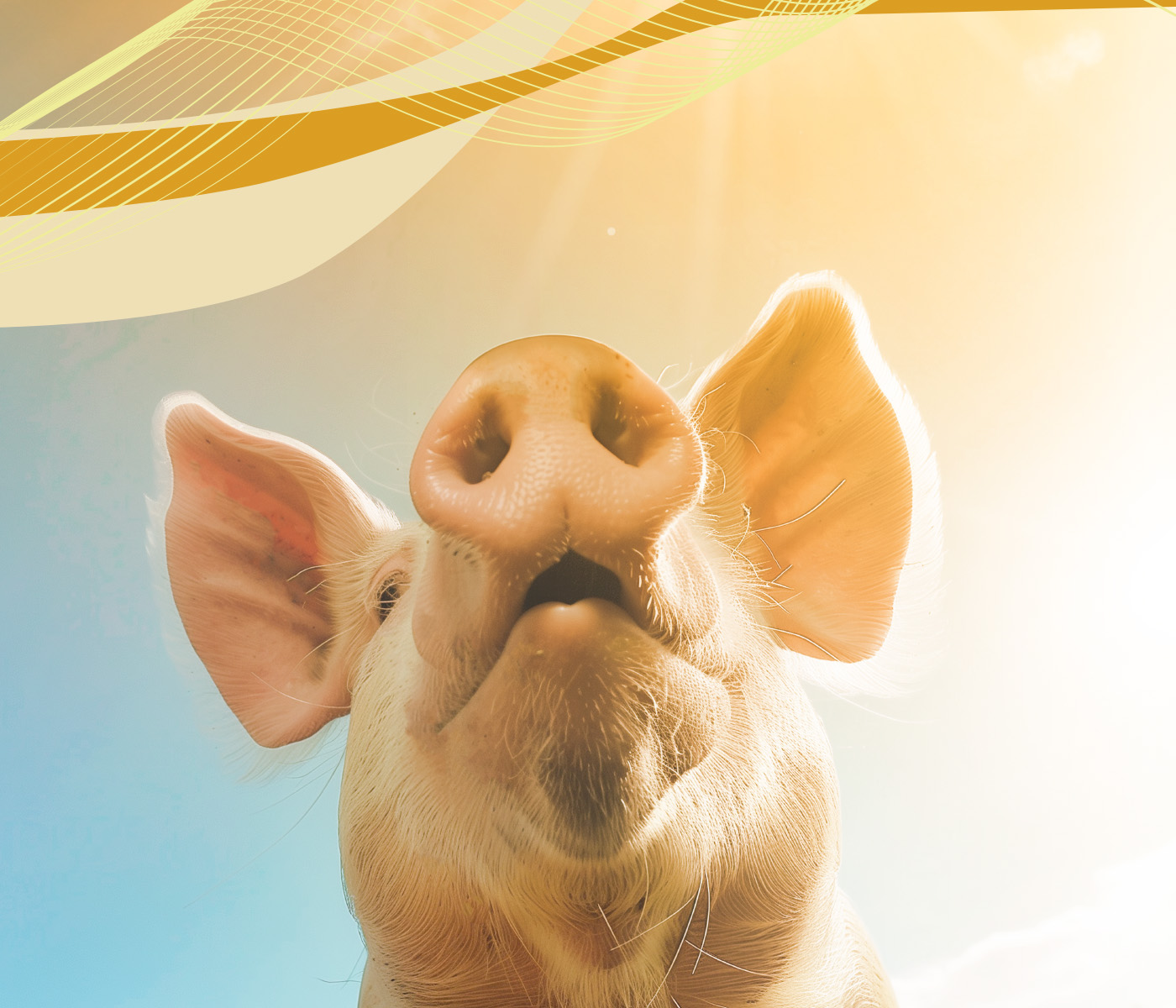 29 Apr 2025
29 Apr 2025
Modulation of vitamin D metabolism and health markers in weaned piglets under different supplementation strategies.
The ban on the prophylactic use of antibiotics and the possible restrictions on the use of pharmacological levels of zinc oxide in diets pose unprecedented challenges for the swine industry, especially during the post-weaning period.
Weaning stress is often followed by:
High incidence of intestinal disorders
Increased susceptibility to bacterial infections
Antioxidant imbalances
Energy deficiencies leading to significant economic losses in the sector
In this context, vitamin nutrition can be an important tool, considering its redox effects and/or immunomodulatory properties, which can help ensure the robustness of newly weaned piglets.
In addition to the well-known role of vitamin D in bone metabolism, in recent decades, many studies have reported other important metabolic functions of this vitamin.
According to Matte and Lauridsen, an insufficient provision of vitamin D can compromise immunoregulatory functions at sites of inflammation, while there is evidence that vitamin D regulates the expression of genes related to energy metabolism in the mitochondria.
In humans, several studies have demonstrated an association between low levels of vitamin D and increased susceptibility to infections, while supplementation prior to the challenge has been linked to lower infection rates, reduced severity, and a decrease in antibiotic use.
Therefore, it would be reasonable to consider that ensuring adequate levels of vitamin D for pre- and post-weaned piglets could improve their robustness and growth performance.
• However, little is known about the possible effects of this vitamin on resilience and robustness in swine.
According to Matte and Audet, the perinatal transfer (placenta and colostrum) of vitamin D in swine is limited.
A recent study conducted in our laboratory reported that oral supplementation with 25-hydroxycholecalciferol (25(OH)D3) early in life rapidly increased the serum concentration of 25(OH)D3 in suckling piglets, but failed to maintain these elevated levels until weaning. On the other hand, exposure to UVB light was effective in ensuring high concentrations of 25(OH)D3 at weaning.
Our study evaluated the impact of different vitamin D supplementation strategies for pre- and post-weaned piglets on vitamin D metabolism, health markers, and growth.
Two vitamin D supplementation strategies were used for suckling piglets and in the nursery phase:
• CTR – no supplementation during the lactation period + 2000 IU/kg of vitamin D in the form of cholecalciferol after weaning.
• VD – oral solution of 25(OH)D3 (on days 2, 8, and 21) and exposure to UVB light (on days 14, 16, 18, and 20) during the lactation period + 2000 IU/kg of vitamin D in the form of 25(OH)D3 after weaning.
At weaning (day 21) and on days 28 and 35, blood and tissue samples were collected to determine vitamin D concentrations and the expression of genes of interest.
The efficiency of UVB light exposure in maintaining high concentrations of 25(OH)D3 and 1,25(OH)2D3 has been previously demonstrated in swine, as well as the fact that 25(OH)D3 in the diet is better absorbed at the intestinal level and has higher bioavailability compared to other sources of vitamin D.
According to Galliot et al., oral supplementation with 25(OH)D3 on days 2 and 8 after birth rapidly increased the serum concentration of 25(OH)D3 in suckling piglets, but these levels were not maintained until weaning.
However, piglets exposed to UVB light for 15 minutes every two days, starting from the second day of life, had the highest serum concentrations of 25(OH)D3 at weaning.
In our study, the combined strategy of oral 25(OH)D3 supplementation + UVB exposure during the lactation period increased the serum concentration of 25(OH)D3 in piglets at weaning by 2.8 times, compared to non-supplemented piglets, but these levels slightly decreased to 2.2 times on day 35.
• Considering that any residual effect of UVB exposure on serum vitamin D would have disappeared by day 35, the 2.2-fold difference between treatments on this day reinforces the better absorption/bioavailability of 25(OH)D3 in the diet compared to cholecalciferol.
According to our gene expression results, these differences in serum vitamin D concentrations between treatments would be due to changes in the production of the active form of the vitamin in the kidneys, rather than the production of the circulating form by the liver.”
In fact, the combination of supplementation with 25(OH)D3 + UVB appears to establish a better balance between the utilization and degradation of the active form of vitamin D.
• Despite the higher circulating vitamin D concentrations in the piglets of the VD group, at weaning (day 21), the gene related to the degradation of the active form of the vitamin was downregulated, while on day 28, the gene related to its synthesis was upregulated.
On day 35, when the residual effects of UVB exposure had likely already disappeared, our results suggest a lower utilization and greater degradation of the active form of vitamin D.
Although many studies have described the effects of vitamin D, especially in the form of 25(OH)D3, on different aspects of the immune response in various tissues, our gene expression study did not detect such effects, which may be attributed to the optimized experimental conditions that did not provide sufficient stimulation to the immune system.
However, our results show beneficial effects on liver redox balance, as well as on ATP production in the mitochondria, suggesting a better health status in the VD piglets due to lower oxidative stress and greater energy availability at the cellular level.”
• Despite the higher vitamin D status in the VD piglets, no beneficial effect of the treatment was detected on growth performance at weaning and during the post-weaning period.
However, direct supplementation of suckling piglets does not appear to be the most efficient way to impact piglet growth performance, but rather maternal vitamin D supplementation.”
Despite the higher vitamin D status in the VD piglets, the serum concentration of 25(OH)D3 in the CTR animals increased over time, indicating that the use of 2000 IU/kg of vitamin D, regardless of the source, may meet the vitamin D requirements in healthy piglets.
Conclusions
The overall results indicate that 2000 IU of vitamin D/kg of diet, regardless of the source, meet the vitamin D requirements of piglets during the post-weaning period. However, the use of 25(OH)D3 in the diet may provide additional health benefits.
During the pre-weaning period, oral supplementation with 25(OH)D3 combined with UVB exposure increased serum levels of 25(OH)D3 at weaning, while post-weaning, supplementation with 2000 IU/kg of 25(OH)D3 was more efficient than cholecalciferol at similar levels.
The higher vitamin D status in the VD piglets seemingly improved the antioxidant response of these animals but had limited effects on growth and the immune system in healthy piglets.
References available upon request from the author.
Subscribe now to the technical magazine of animal nutrition
AUTHORS
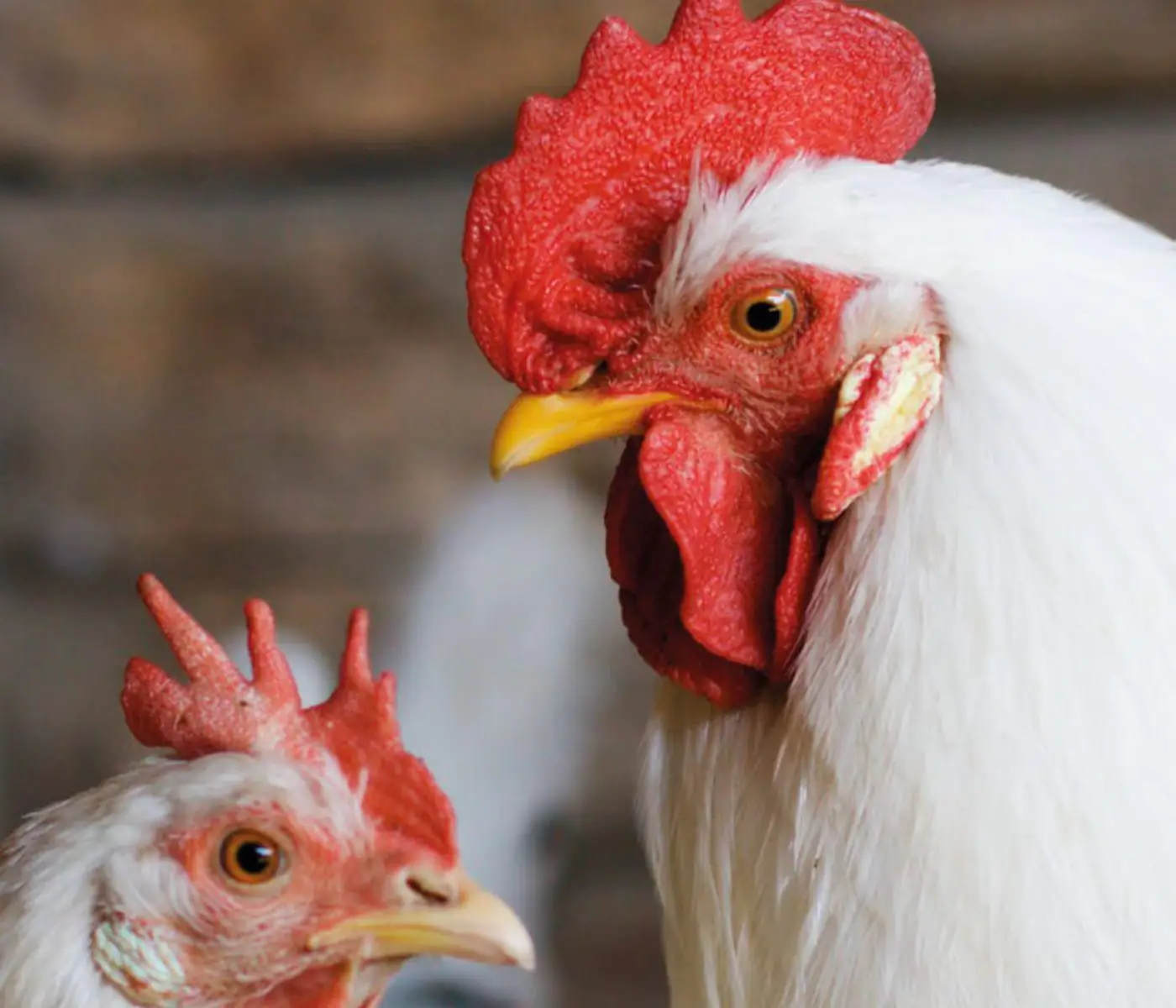
Nutritional Interventions to Improve Fertility in Male Broiler Breeders
Edgar Oviedo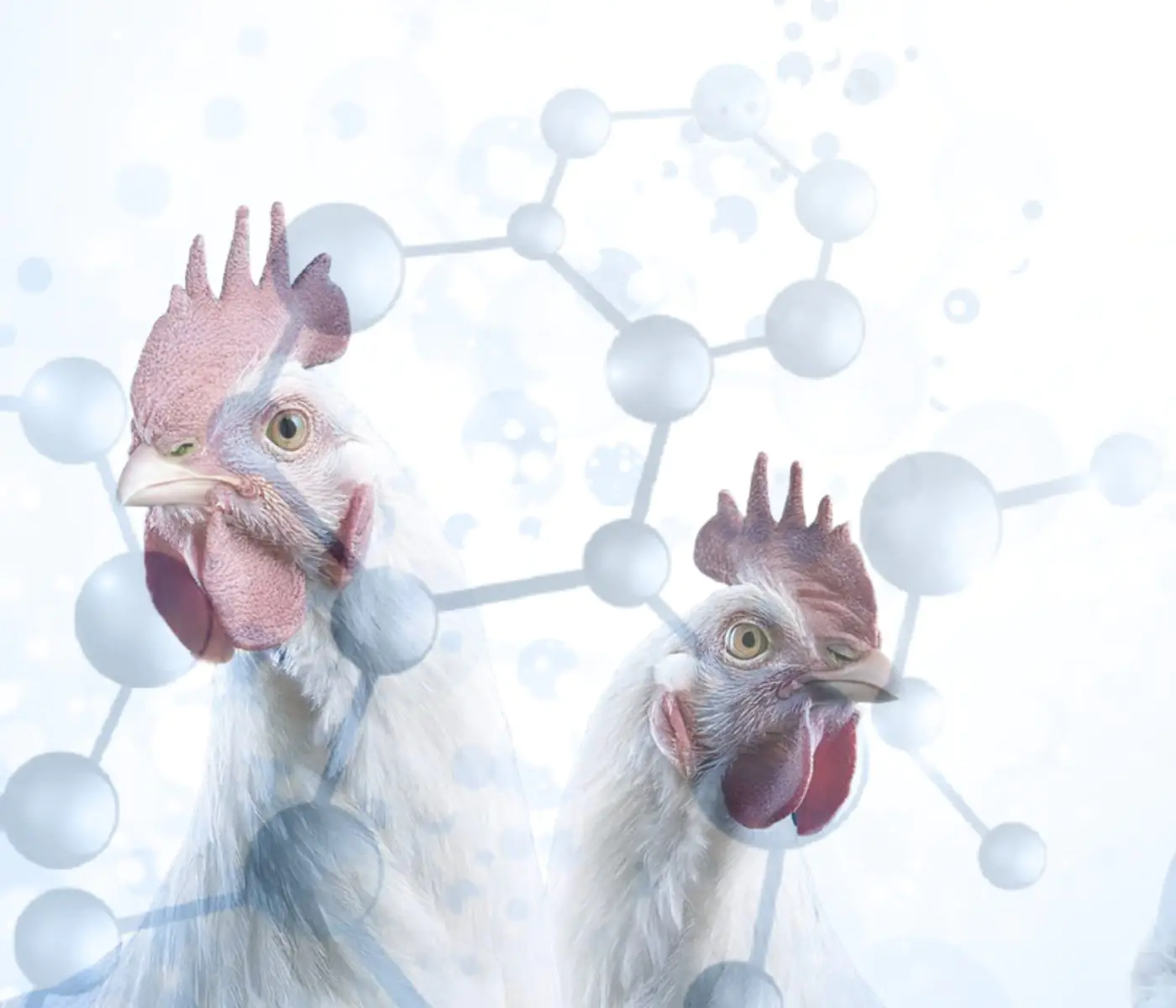
The Use of Organic Acids in Poultry: A Natural Path to Health and Productivity
M. Naeem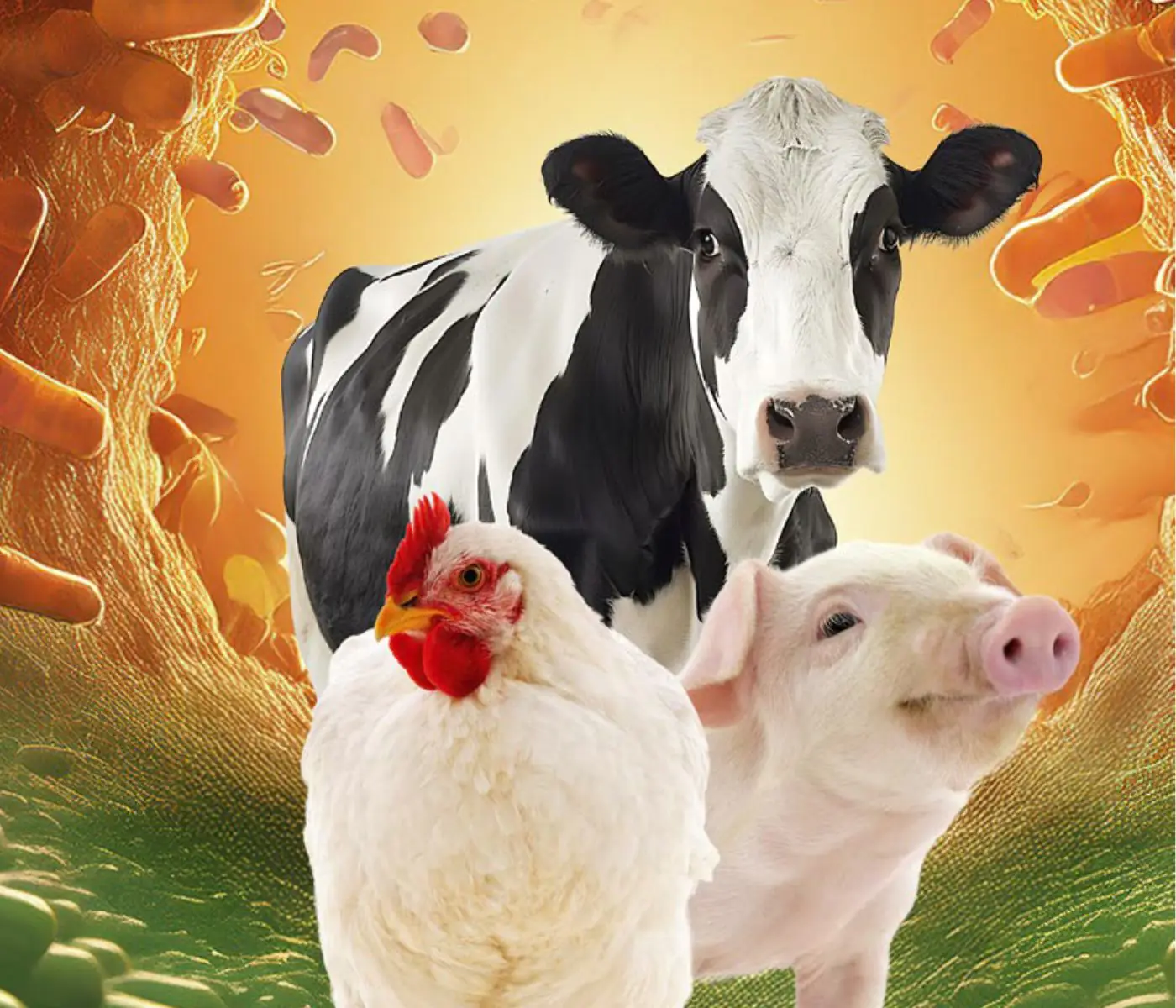
Synergistic Benefits of Prebiotics and Probiotics in Poultry, Swine, and Cattle
Gustavo Adolfo Quintana-Ospina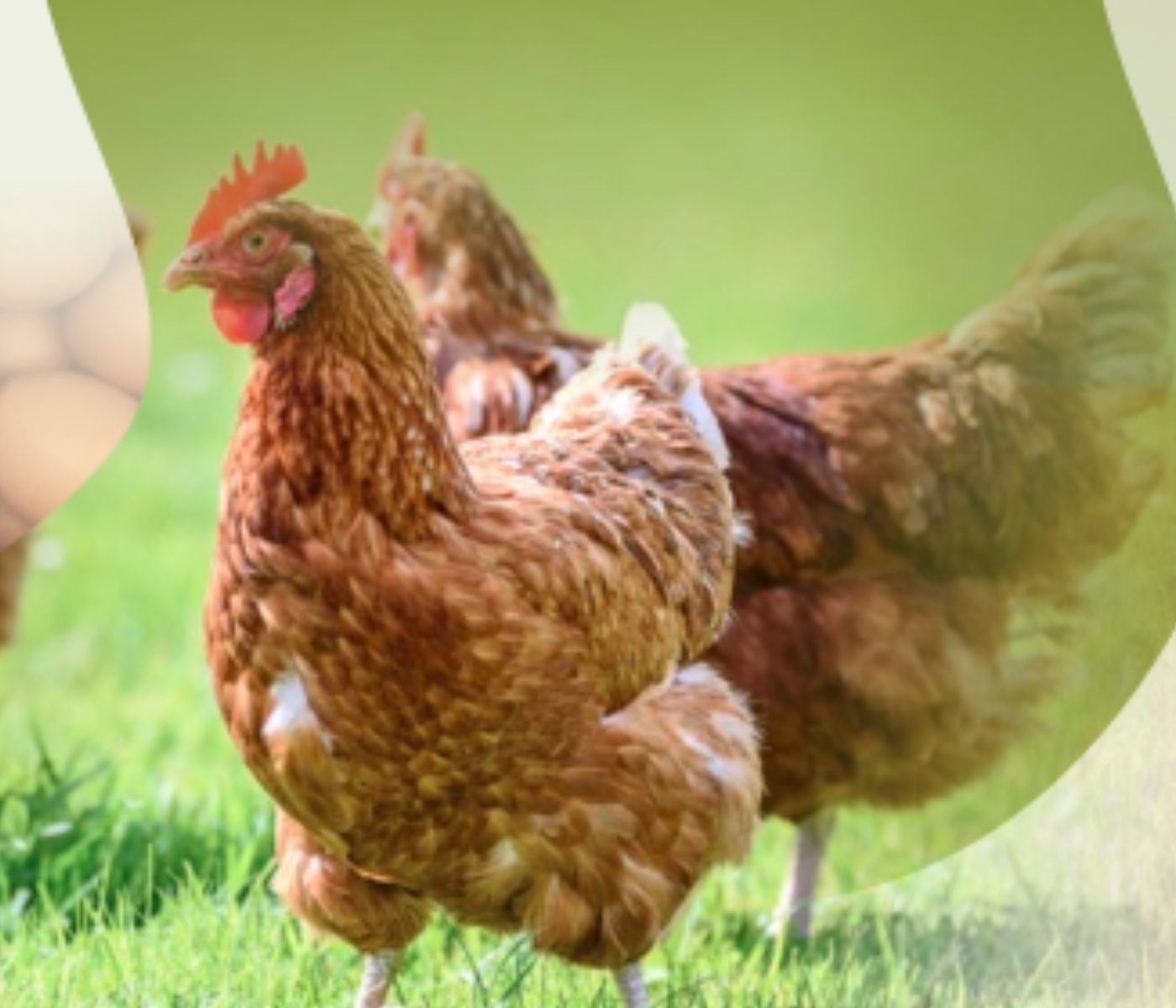
Hybrid Rye Potential in Laying Hen Feed Rations
Gwendolyn Jones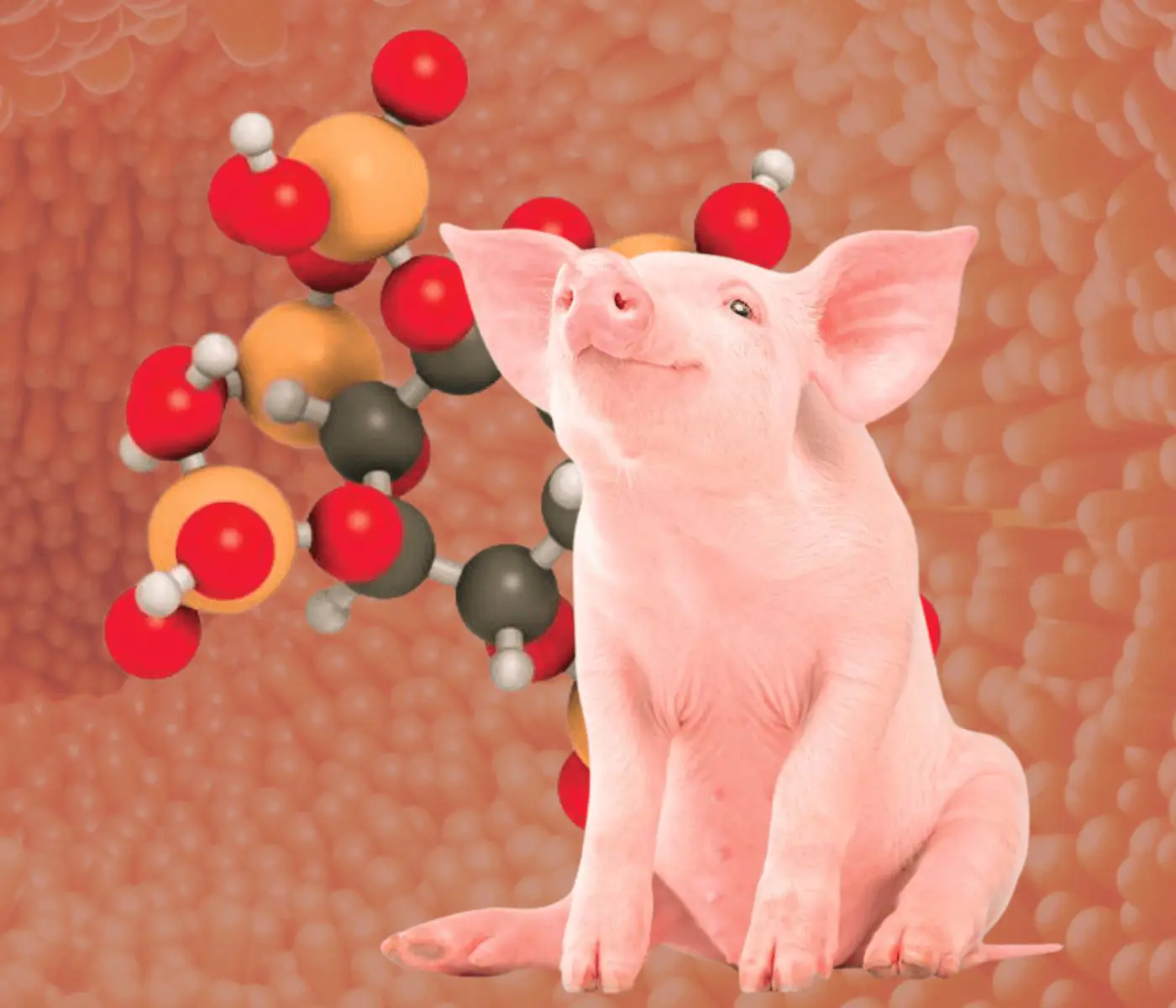
A day in the life of phosphorus in pigs: Part I
Rafael Duran Giménez-Rico
Use of enzymes in diets for ruminants
Braulio de la Calle Campos
Minerals and Hoof Health in the Pregnant Sow
Juan Gabriel Espino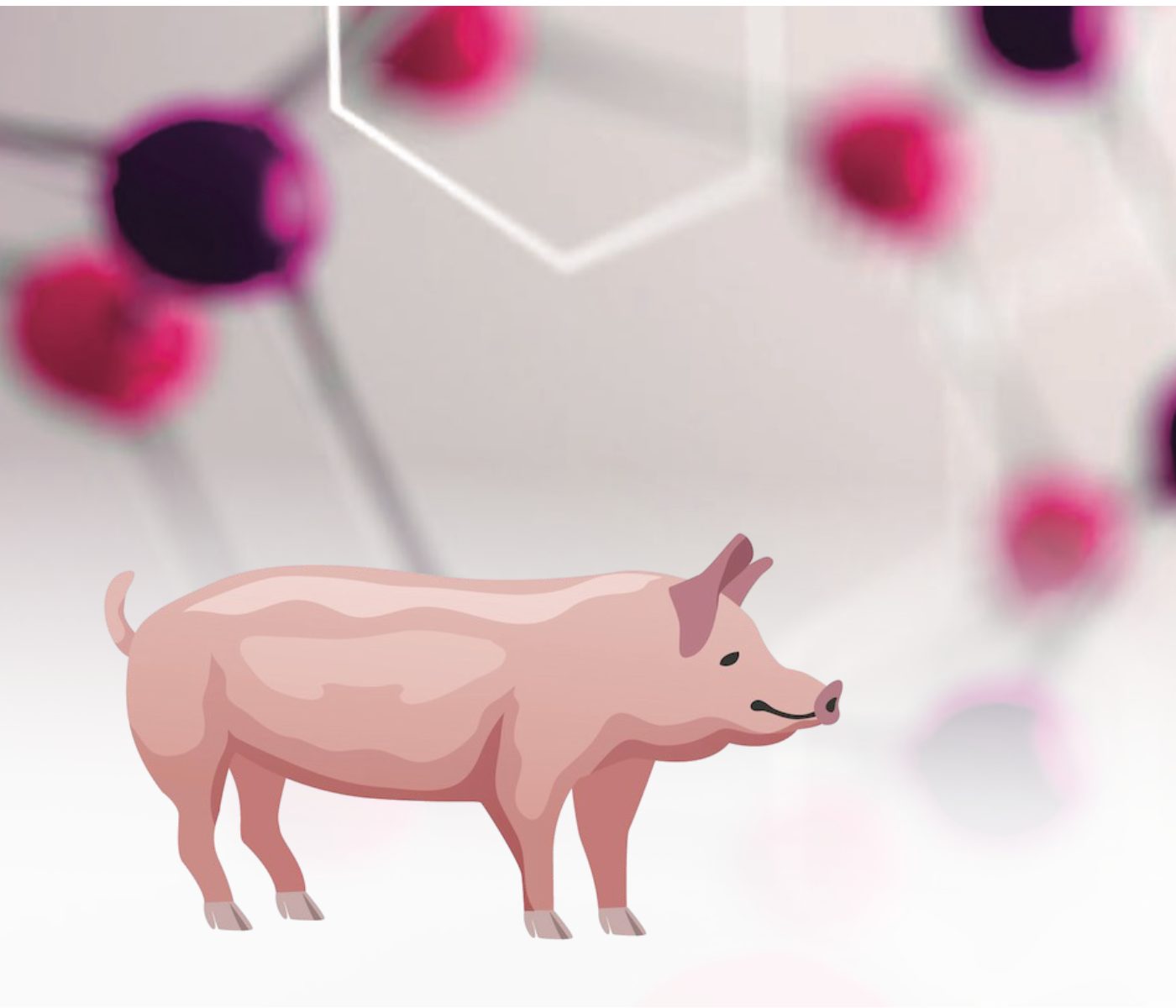
Impact of Oxidized Fats on Swine Reproduction and Offspring
Maria Alejandra Perez Alvarado